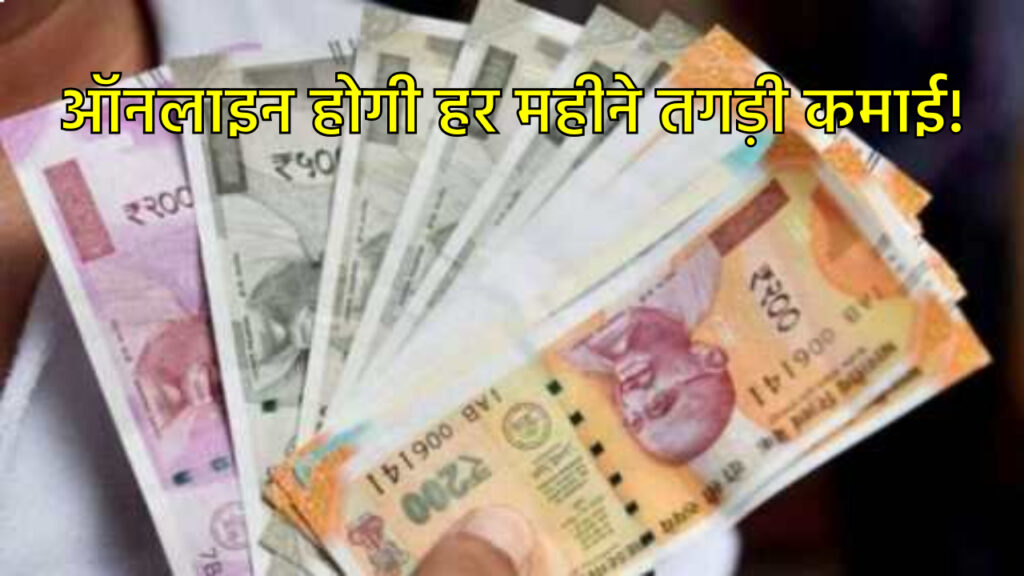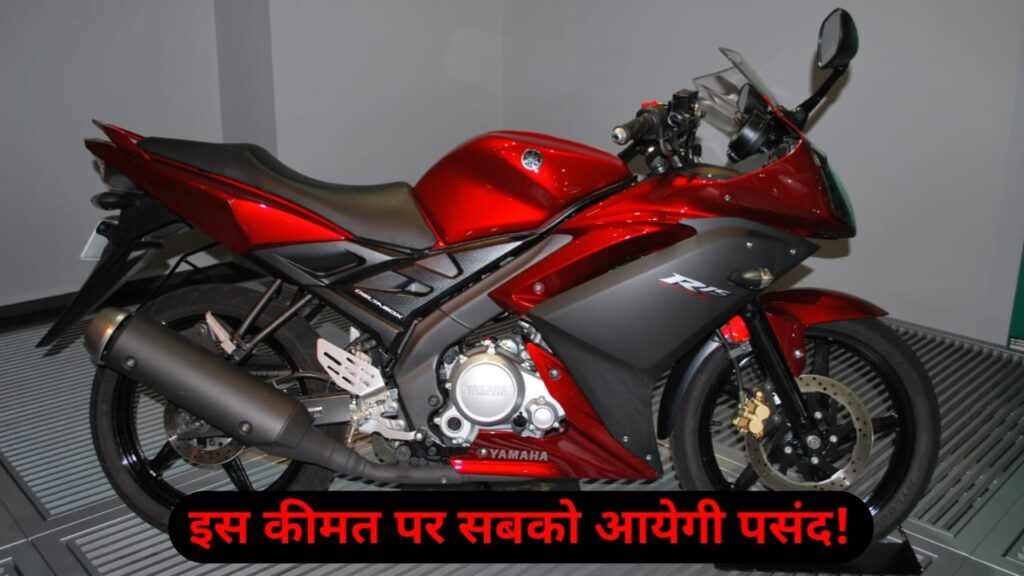Ever needed to send money to a friend across town or to a family member in another state? Fret not! NEFT, or National Electronic Funds Transfer, has got you covered. Launched in 2005 by the Reserve Bank of India (RBI), NEFT is a secure and convenient way to transfer funds electronically between bank accounts in India. Let’s delve deeper and explore everything you need to know about NEFT.
Understanding NEFT: How It Works
NEFT operates on a batch processing system. Unlike instant money transfer options like IMPS, NEFT transactions are settled periodically throughout the day. Here’s a breakdown of the NEFT process:
-
Initiating the Transfer: You can initiate an NEFT transfer through various channels: internet banking, mobile banking, or by visiting your bank branch. You’ll need the beneficiary’s account details, including name, account number, and IFSC code (Indian Financial System Code).
-
Batching and Processing: NEFT transactions are grouped into batches at specific intervals throughout the day (usually every half hour). The RBI then processes these batches and sends instructions to the respective banks involved in the transfer.
-
Settlement and Credit: Once the RBI processes a batch, the beneficiary’s bank receives the transfer instructions and credits the amount to their account. The credit reflects in the beneficiary’s account balance within the designated time frame for that particular batch.
Important Note: NEFT transfers are not instantaneous. Depending on the time you initiate the transfer and the batch it falls under, it could take anywhere between 30 minutes to a few hours for the beneficiary to receive the funds.
Benefits of Using NEFT for Your Money Transfers
NEFT offers several advantages that make it a popular choice for various money transfer needs:
- Convenience: Initiate transfers 24/7 from the comfort of your home or office using internet banking or mobile banking. No need to visit a physical branch during bank hours.
- Widespread Reach: NEFT facilitates transfers across all NEFT-enabled bank accounts in India, offering nationwide coverage.
- Cost-Effective: Since January 2020, RBI has mandated banks not to charge any additional fees for online NEFT transactions, making it a budget-friendly option.
- Security: NEFT transactions employ robust security measures like two-factor authentication to safeguard your funds during transfers.
- Flexibility: NEFT allows you to transfer any amount, making it suitable for small everyday payments or larger transactions.
NEFT vs RTGS: Choosing the Right Transfer Method
While NEFT is a popular choice for many transfers, there’s another option to consider: RTGS, or Real-Time Gross Settlement. Here’s a quick comparison to help you decide which method best suits your needs:
| Feature | NEFT | RTGS |
|---|---|---|
| Transfer Speed | Settled in batches (typically within 30 minutes to a few hours) | Settled instantly (real-time) |
| Minimum Transfer Amount | No minimum limit | Minimum transfer amount may vary depending on the bank (usually ₹2 lakh or above) |
| Transaction Charges | Generally lower charges | Higher transaction charges compared to NEFT |
Opt for NEFT if:
- You’re comfortable with a slight delay in receiving/sending funds.
- You need to transfer a smaller amount.
- Cost is a major factor in your decision.
Choose RTGS if:
- You require immediate transfer of funds.
- You’re transferring a large sum of money.
- Time is of the essence, and you’re willing to pay a higher fee for instant settlement.
Using NEFT Safely: Essential Tips to Remember
- Double-check Details: Before initiating a transfer, meticulously verify the beneficiary’s account number, name, and IFSC code to avoid any errors. Typos can lead to delays or failed transactions.
- Beware of Phishing Scams: Never share your bank login credentials or one-time passwords (OTPs) with anyone. Banks will never ask for such confidential information via email, SMS, or phone calls.
- Set Transaction Limits: Many banks allow you to set transaction limits for NEFT transfers. This adds an extra layer of security and helps prevent unauthorized transactions in case of a compromise.
- Maintain Transaction Records: Keep copies of your NEFT transfer confirmations for future reference. This can be helpful in case of any discrepancies or disputes.
By understanding NEFT’s functionalities, benefits, and how it compares to other options, you can make informed decisions about your money transfers. With its secure, convenient, and cost-effective nature, NEFT remains a reliable way to send and receive funds across India.
















